It’s estimated that more than 350 million rubber tires are recycled annually worldwide. Most are shredded, melted down and molded into new tires. Some end up in landfills where they will survive for thousands of years. But some are upcycled in both traditional and surprising ways.
Typically, when we get new tires the company or service replacing them takes the old tires for recycling. But if you ever find yourself with a tire and am not sure what to do with it there are some creative ideas for upcycling those tires.
Rubber Tires 101
There was a time when rubber tires were simply made from rubber. Those days are long gone.
Rubber continues to be a part of the formula, but synthetic rubber derived from petroleum polymers are now added to enhance durability. Typically, a rubber tire only contains 19 to 34% natural rubber. The rest is a combination of up to 200 other elements including:
- Carbon black to strengthen the rubber and to retain the tires black color.
- Weird additions from antioxidants to sulfur and oils to enhance flexibility and prevent degradation.
- Usually strands in a web formed into belts to provide structural integrity.
- Polyester and rayon for added strength.
The end result is a product that’s both durable and essentially indestructible. And to some degree that creates a challenge. Tires don’t degrade, decompose or just go away. They last forever and figuring out what to do with old tires is one of the greatest recycling challenges.
Let’s Start with the Basics
How many of us remember swinging on a tire on a rope hanging from a tree. Old tires show up in playgrounds all the time. Rubber is soft, safe and forgiving. Tires show up as ways to play, jump, crawl and swing.
How ambitious you get with your tires is up to you and they’re often spray painted in colorful ways. If in doubt, ask kids how they would play or interact with old tires. They might surprise you with their ideas.
Tire Root Cellars
Stacked tractor tires can actually serve as an insulated mini root cellar. By sinking them partway into the ground and filling the gaps with soil, you create a cool, dark space that’s perfect for storing potatoes, carrots, and other hardy crops. The rubber walls help buffer temperature swings, and the circular shape makes it easy to add as many “layers” as you want.
Of course, this principle can be taken to the next level. A well-designed underground cellar, such as the one described in The Easy Cellar, offers exactly that kind of protection, only on a larger and more secure scale. Built a few feet beneath your backyard, this discreet shelter can store enough food, water, and essential supplies to sustain you and your family for several months, not just a few days.Inspired by traditional root cellars used by our ancestors, this modern design has been improved to provide far greater security, similar to a small-scale bunker. Importantly, it also offers a significant layer of defense against an EMP strike, shielding your critical supplies and providing a refuge when all electronic systems fail.
Even better, it is very affordable. You can build it for under $400 and complete it in less than a week, entirely on your own, without the need for expensive contractors or specialized equipment.
A Step Up
Tires are often used to create steps up slopes, hills and even on mountains. They’re set into the ground and filled with stones or soil and resist rot unlike wooden steps.
One of the benefits of using tires for stair step construction is that the circular shape makes for easy transitions if the steps need to meander up a slope around bends in the trail.
Tire Incubators for Herbs
Because black rubber absorbs heat, a tire filled with soil warms up quickly in spring. That makes it a perfect incubator for heat-loving herbs and early plant starts. You can drop in calendula, chamomile, or even echinacea and give them a jumpstart weeks before your regular beds are ready. The tire also helps hold moisture in place, reducing the need for constant watering. If you’re looking to get started, I personally always use the seeds from this kit.
Instant Compost Heaps
A tire can contain composting materials. You can use them individually or stack them. An advantage is that they are easy to lift or push over to make the material easy to harvest. If you’re looking for an instant compost heap, think about using those old rubber tires. Some people cut off the top of the rim of the tire to make it easier to fill and access the compost.
Planters
Fill an old rubber tire with soil and plant away. They make great planters and not only allow the soil filling to have contact with the soil underneath but hold water in the rim below to create a wicking bed.
You can spray paint them to the colors of your choice and your overall garden design.
Hang ‘em Up
There are lots of ways to pursue vertical gardening and old tires can add a new solution. The tires will hold water which works for some plants, but you could also drill holes in the bottom of the tires to allow for some drainage. It’s a great solution for perennial herbs and the tire enclosure actually provides some protection from frosts and freezes.Another Tire in the Wall
Tires can be used to reinforce a fence and create a barrier to intrusions from animals and trespassers. They can be filled with soil and even planted with fruits or vegetables if placed and filled properly can actually form a barrier against seasonal flooding.
On the Docks
Rubber tires show up all the time on docks and even the sides of boats and ships. They’re a perfect cushioning buffer as boats rock on the waves towards a hard wooden or concrete dock. If you live on the water and have a dock, save those tires.
A Garden Water Basic
Wrestle with that tire and turn it inside out and bond it to a platform and you have an instant pool of water for your yard or garden. Use it to water livestock, dogs or anything else in your yard or garden that needs water.
A Pet Nest
Pets like to feel enclosed and safe. A rubber tire with a blanket in the bottom can create a great pet nest, especially outside.
Think Big
It’s not just about automobile tires. Some of us have farm equipment and those tires are often quite large. Think about how you might use them or upcycle them. You could expand some of the ideas we’re already covered. This is just about sizing up the natural cushioning and characteristics of a rubber tire.
Playground Possibilities
Chopped and shredded rubber tire mulch is often used as a bedding under playground areas, and the tires are often spread around to provide additional cushioning and interactivity.
Beyond the Backyard
While you probably won’t pursue some of these more ambitious uses for old tires it’s worth knowing they are often used as an addition to roadbeds, retaining walls and even as walls for entire homes. If you’re ever so inclined to build walls from rubber tires or shred tires as a foundation for a roadbed, it’s worth knowing it’s a proven possibility.
Rubber tires are also used as barriers on racetracks to stop or cushion the crashes that are unfortunately frequent.
When You’re Done
At some point you just don’t need the tire anymore. Most junkyards will accept rubber tires for recycling. It’s actually something you can’t typically throw into the trash for weekly garbage pickup. Check online how to recycle or dispose of tires or call around. Then again, you could always find a rope and another tree to hang that tire.
15+ Homesteading Projects You Can Downsize for Simplicity
What Survival Projects You Should Make from Used Tire Rims (Video)
DIY Stove Made From Used Tire Rims
The Most Important Project You Need to Make This Winter on Your Property

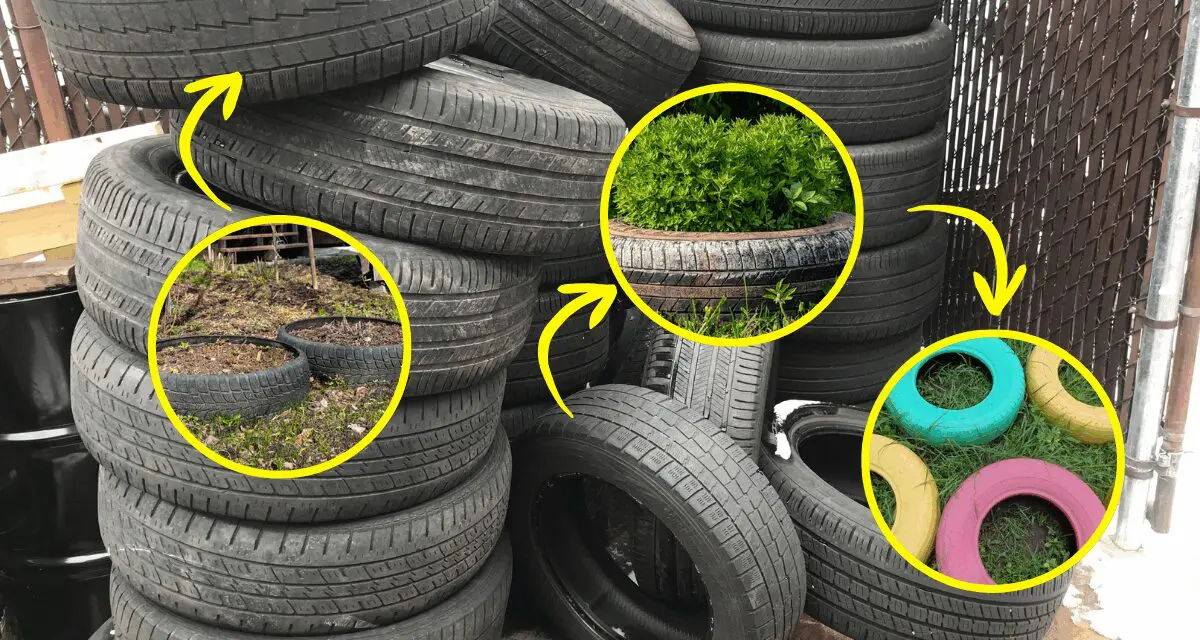
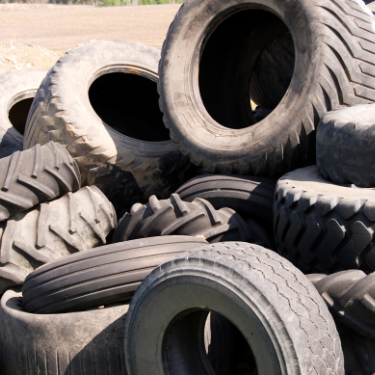
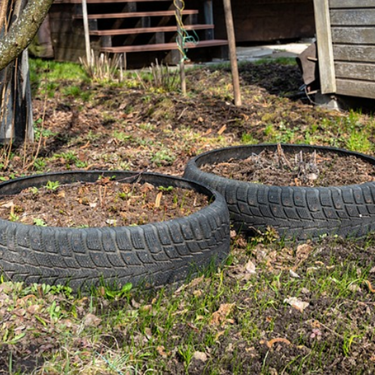
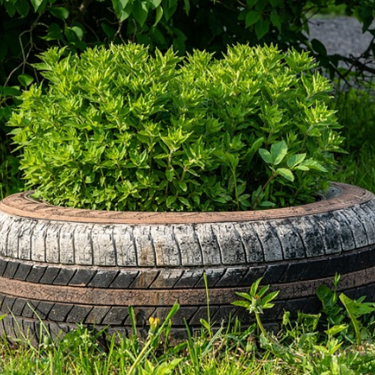
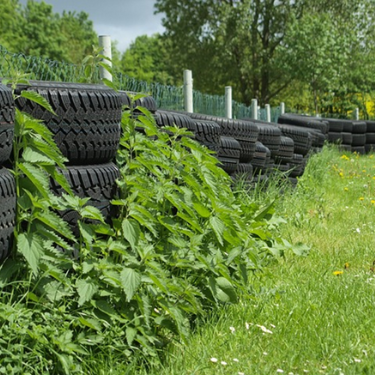


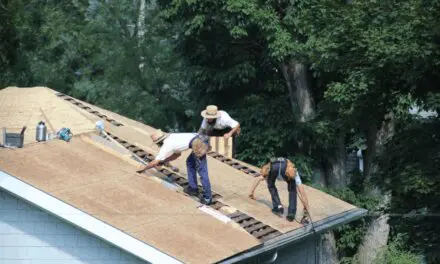

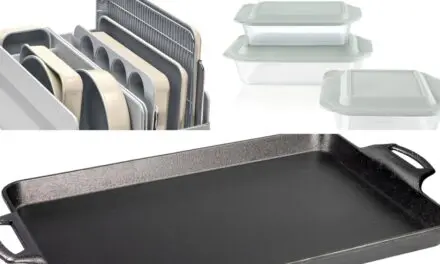
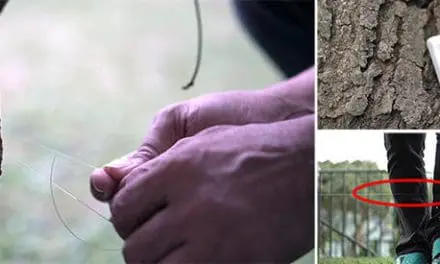
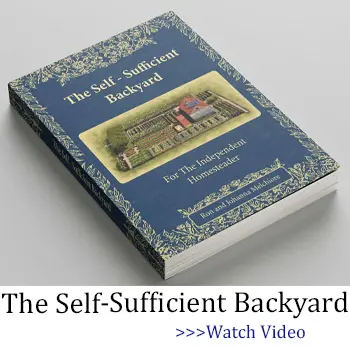
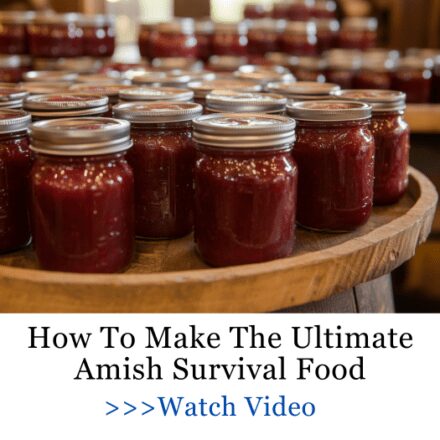
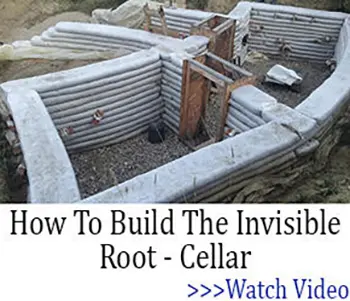

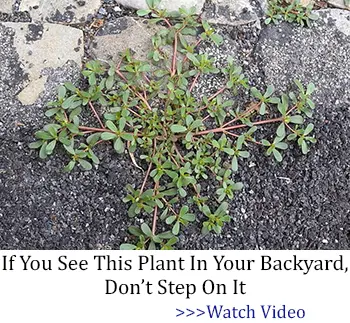
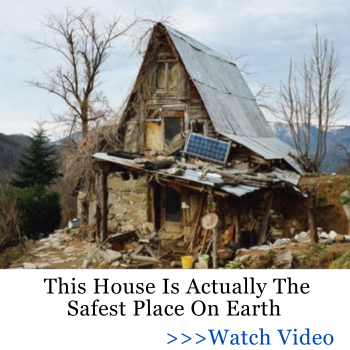

What about all of the chemicals leeching into the soil from decomposing tires?